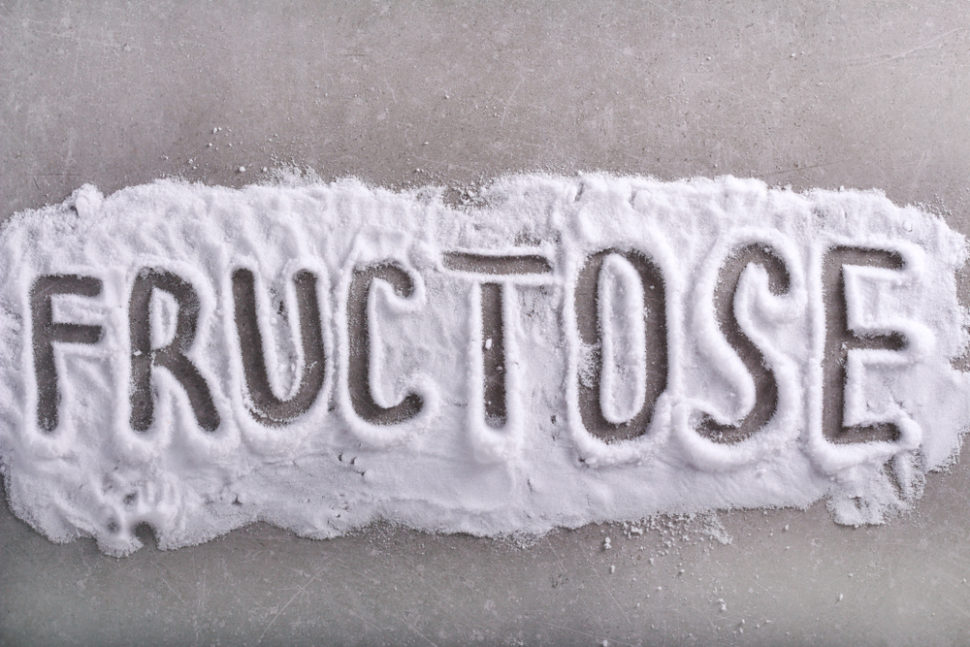A recent animal study revealed that fructose might be damaging the liver more than glucose. According to the researchers, a high-fructose diet can inhibit the liver’s ability to metabolize fat properly.
Fructose is a natural sugar that’s present in honey, certain vegetables, fruits, and fruit juices. When consumed in this form, it can be part of a healthy diet.
However, previous studies suggest that high dietary fructose harms our health, compared with glucose. The observation remained valid even when the sugary substances have the same calorie content.
Scientists at Joslin Diabetes Center explained why in a recent paper in the journal Cell Metabolism.
Fructose Makes the Liver Accumulate Fats
According to the researchers, fructose helps the liver accumulate fats in a way that’s almost like consuming a fat-rich diet. On the other hand, glucose improves the liver’s ability to burn fats, which results in a healthier metabolism than fructose provides.
In a statement to the press, the Chief Academic Officer at Joslin, C. Ronald Kahn said:
“The most important takeaway of this study is that high fructose in the diet is bad. It’s not bad because it’s more calories, but because it has effects on liver metabolism to make it worse at burning fat.”
Consuming a fructose-rich diet makes your liver store more fats. Along with harming your liver, this poses a danger to your whole body metabolism.
In other words, fructose helps accumulate fats, while the same calorie of glucose could improve fat metabolism in the liver.
But how is this possible?
High-Fructose Diet Damages the Mitochondria
For this part of the study, the researchers compared the metabolic effects of six different diets in mice. These include regular and high-fat foods with either high glucose or fructose addition.
Kahn and his team quickly identified different metabolic markers.
For example, they noted that a diet with high fat and fructose increases the level of acylcarnitines – a molecule in the liver cell. That means the liver of the animal eating this diet is burning fat excessively.
The researchers also discovered that a high-fat, high-fructose diet leads to a low-level on an enzyme called CPT1a. That’s another red flag.
According to the team, low-level CPT1a suggests that the high-fructose diet is damaging specific mitochondria in the liver, which is responsible for the fat-burning process. A closer look at the cell organelle revealed that both high-fat and high-fat plus fructose diet harms it.
Khan explained:
“When mitochondria are healthy, they have this nice ovoid shape and crosshatching. In the high-fat plus fructose group, these mitochondria are fragmented, and they’re not able to burn fat as well as the healthy mitochondria. But looking at the high-fat diet plus glucose group, those mitochondria become more normal-looking because they are burning fat normally.”
With that said, the research did not suggest that high-glucose diets are safe or healthy. Instead, the study summarizes that the body can burn-off a high-fat diet effectively when consumed with glucose in place of fructose.











Comments (0)
Most Recent